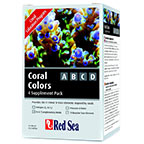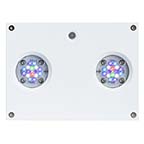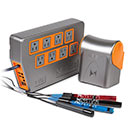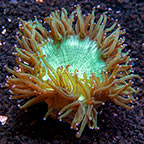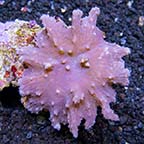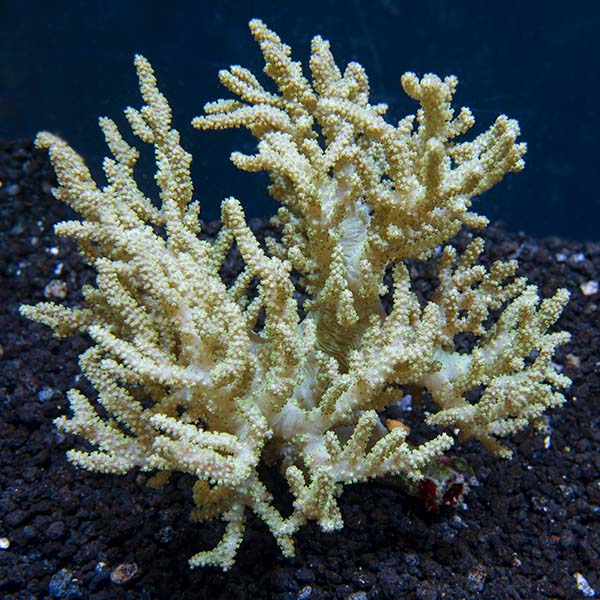
Additional locales and sizes may be available!
Additional locales and sizes may be available! Email me when availableQuick Stats
What do these Quick Stats mean? Click here for more information
What do these Quick Stats mean? Click here for more information
Overview
It is a semi-aggressive soft coral and needs space between itself and other corals. It can be toxic to some species of hard corals, so care should be taken when added to a reef aquarium, taking into account its placement and size relative to the size of the aquarium. It is moderately difficult to maintain in the reef aquarium, but makes an unusual coral for the established reef aquarium. It requires medium to high lighting, and medium to strong water movement, along with the addition of iodine, strontium, and trace elements to the water.
It obtains the majority of its nutrition from symbiotic algae zooxanthellae, but will benefit from additional food such as micro-plankton, baby brine shrimp, or foods designed for filter feeding invertebrates.
It is normally shipped attached to a small piece of live rock or rubble.
Approximate shipping size: Small: Less than 2"; Medium 2" to 4-1/4"; Large 4" to 7"




